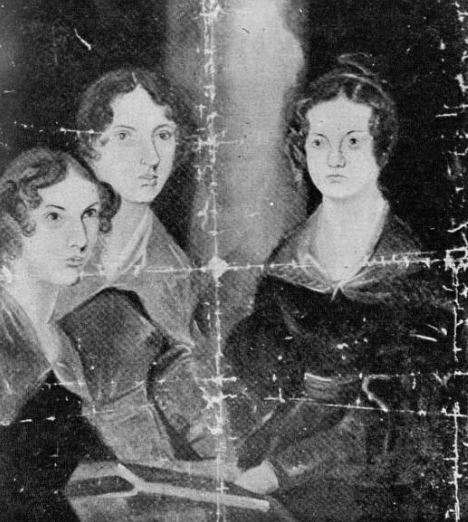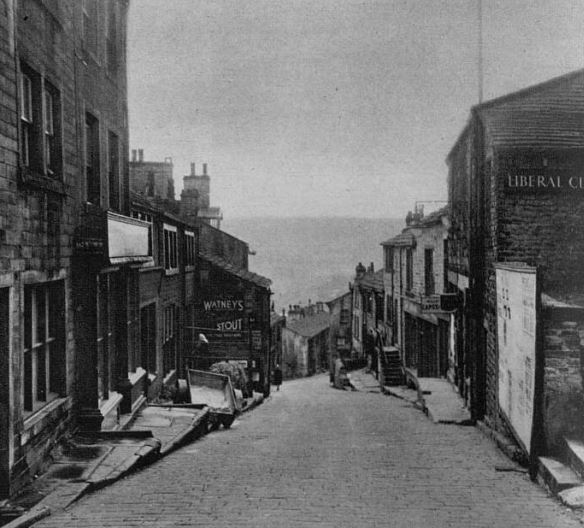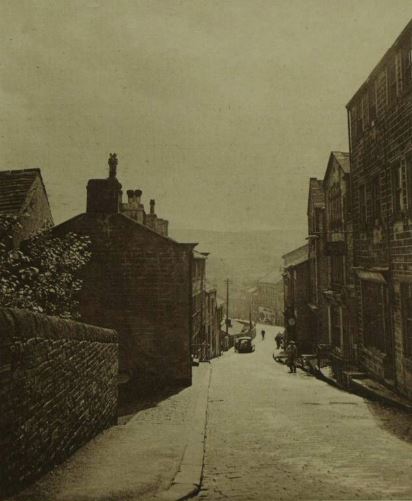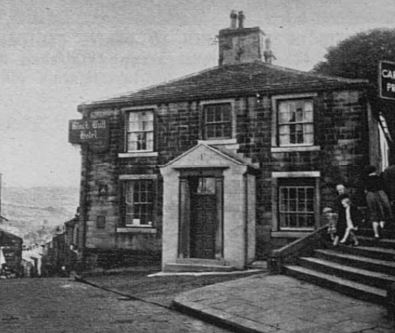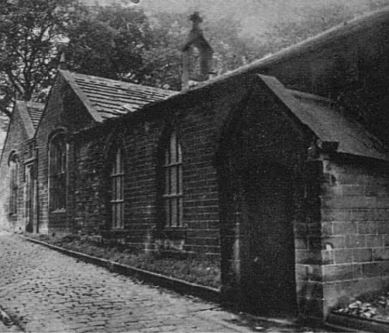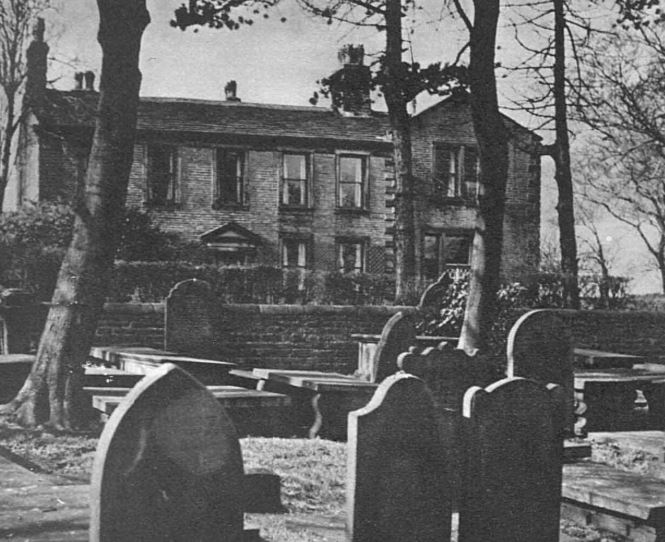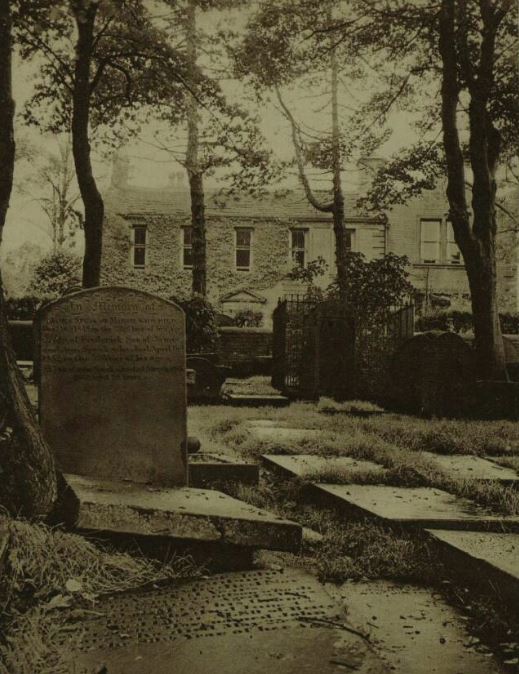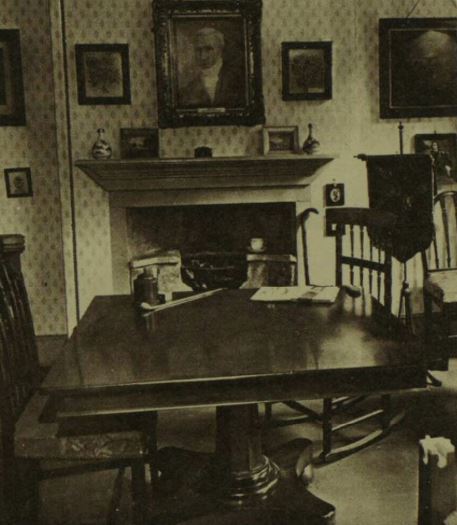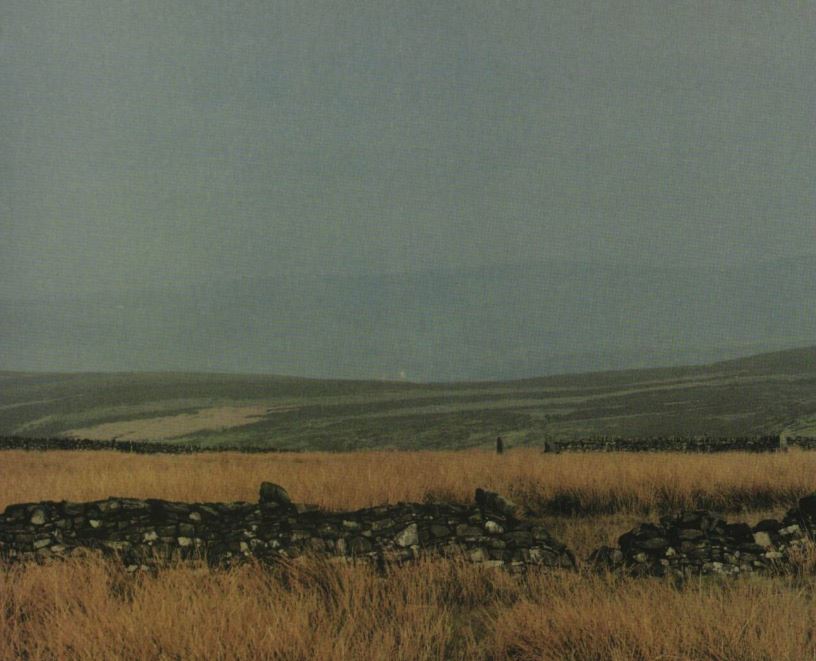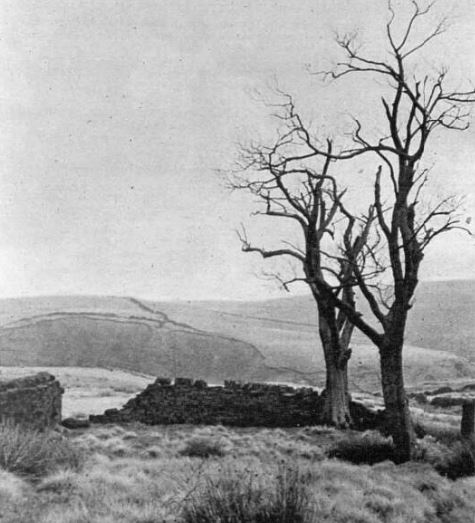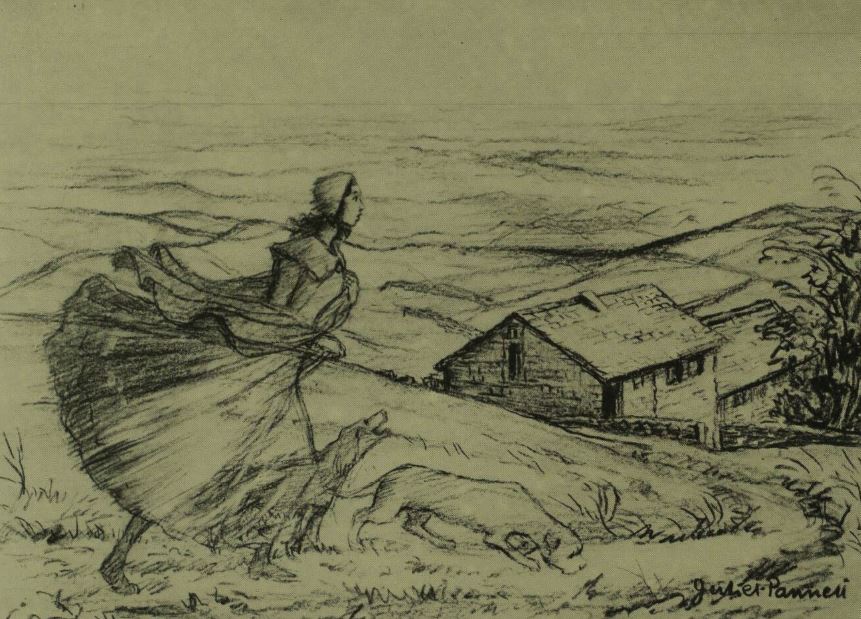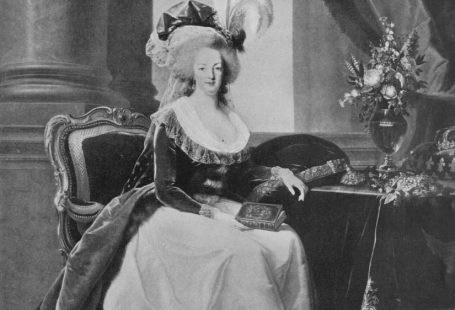The Rev Patrick Brontë of Thornton, has been nominated to the Perpetual Curacy of Haworth, in the parish of Bradford, and has been licenced to the same by his Grace the Archbishop of York.
Manchester Mercury | 14 March 1820
This rather innocuous announcement appeared in the pages of the Manchester Mercury on the 14 March 1820. At the time, it would have been considered fairly run-of-the-mill: a typical clergy appointment. But 200 years later, these short sentences conjure up a wave of brilliant associations concerning one of Britain’s most famous literary families, the Brontës.
Want to learn more? Register now and explore The Archive
And in this special blog, through the pages of the British Newspaper Archive, we visit Haworth, home of Charlotte, Emily and Anne Brontë.
Haworth – Too Grim To Be Lightly Changed
In 1961, Brian Vesey-Fitzgerald, writing for The Sphere, paid a visit to ‘Brontë Country.’ He paints a grim picture of Haworth, the town where the sisters, their brother Branwell and father Patrick lived:
It is much more grim than most. Very grim indeed when a high wind drives a cold, hard rain in low sweeping clouds up the steep street and the water runs down over the flagstones in a hundred little torrents.
The main street in Haworth | The Sphere | 12 March 1955
And Haworth, when the Brontës lived there, was a risky place to be. As E.R. Chamberlain writes in the Illustrated London News, November 1980:
When the Reverend Patrick Brontë brought his 39-year-old wife and six children to Haworth in February, 1820, he was introducing them to a kind of death-trap. In this village, high on the moors, with great winds rushing through and over and around it, the death rate was proportionally about the same of Whitechapel in London, a notorious plague spot.
A typical Haworth street | Illustrated London News | 4 March 1944
Chamberlain bears out this argument with evidence from a Board of Health inspection in 1850, describing the middens which lay exposed in the streets:
In these middens are thrown the household refuse and offal from the slaughter houses, where mixed with night soil and with the drainage from the pig-sties, the whole lies exposed for months together, decomposition goes on and offensive smells and putrid odours given off.
Over the course of 10 years, there were 1,344 burials, with the churchyard full of newly dug graves. Mrs Brontë was the first to die, just eighteen months after coming to Haworth. In 1825, elder sisters Maria and Elizabeth passed away from fevers. Branwell Brontë passed away next in 1848, aged only 31 from consumption, with Emily dying a few months later. Anne, the only Brontë not to be buried in Haworth, died in Scarborough in 1849. Charlotte Brontë died in Haworth in 1855 shortly after her marriage, leaving the Reverend Patrick Brontë as the surviving member of the tragic family.
Illustrated London News | 1 November 1980
It is little wonder, then, that Chamberlain highlights the ‘awfulness of the graveyard.’ But some 100 years later, had Haworth changed?
The Sphere in 1955 describes Haworth as a ‘flourishing little town not far from Bradford,’ but still much imbued with the ‘atmosphere of 1820.’ Chamberlain notes how ‘the bones of the village remain unaffected…But Main Street is given over almost entirely to the tourist trade.’ Vesey-Fitzgerald is harsher in his assessment: ‘The simple truth is that it is too grim to be lightly changed.’
Haworth Parsonage – Still a Home
Any tourist visiting Haworth is bound to be spoiled by taking in the sights and the places which were part and parcel of the Brontës’ everyday lives.
The Black Bull | The Sphere | 12 March 1955
The notorious Haworth pub, The Black Bull Inn, where ‘poor Branwell was called in by the landlord to entertain guests and…drank himself silly, is still there.’ The Sphere tells of a house in Haworth which used to be a Sunday school, where Charlotte used to teach.
The former Sunday school where Charlotte Brontë taught | The Sphere | 12 March 1955
Heading two miles out of Haworth, is a seat on the moors to where Charlotte Brontë is believed to have repaired. And of course there remains the Parsonage, where the Brontë family lived from 1820.
In 1928 the Parsonage was bought by one Sir James Roberts for £3,000, who subsequently gave it to the Brontë Society. Using documentation from the sisters’ letters and descriptions from Charlotte Brontë‘s biographer Elizabeth Gaskell, the house was restored to how the Brontës would have known it.
Haworth Parsonage | The Sphere | 3 June 1961
And despite the gloom of the town, and the tragedy of the family’s story, the parsonage is not ‘a dreary, haunted place. It is, in fact, a dignified Georgian building whose elegant rooms are flooded with light from large, handsome, windows.’
Vesey-Fitzgerald lauds the atmosphere of the museum:
It is a very good museum and very well kept, but the most remarkable thing about it is that it is so personal, so alive; this house of the dead. Museums, by their very nature, are impersonal, mere storehouses of treasures and relics. That is not so there….in some extraordinary way Haworth Parsonage is still a home.
Haworth Parsonage | Illustrated London News | 4 March 1944
Perhaps this homeliness had something to do with the range of Brontë relics on display? The table upon which the sisters wrote, Charlotte Brontë’s going-away dress, the cradle in which the infant Brontë children were rocked, are all available to see.
Illustrated London News | 26 March 1955
And perhaps, also, the landscape around the parsonage provides an indelible link between the Brontës and the place they called home, immortalised as it was in their writings, so that ‘everywhere one senses the personality of the three sisters.’
The Moors – On Equal Terms with Nature
As The Sphere relates, a ‘pathway to the parsonage leads through a small iron gate, and beyond is the desolate landscape of the moors.’ These moors are, of course, most strongly associated with Emily Brontë’s only novel Wuthering Heights, and it was she who was perhaps most strongly attached to Haworth and its surrounds, as ‘she suffered from nostalgia whenever she had to leave it.’
On the moors | Illustrated London News | 1 November 1980
The titular building of Wuthering Heights is, by all reports, based on a farmstead about three miles from Haworth. A piece in the Illustrated London News relates how the farm was ‘so remote that the Keighley Corporation, its present owners, cannot find a tenant for it.’
Inspiration for Wuthering Heights| The Sphere | 12 March 1955
And if the town of Haworth itself was considered grim, the moors surrounding it have on many occasions been labelled as bleak. Vesey-Fitzgerald ponders on this landscape, and whether it has changed, but concludes ‘it is not the sort of countryside that will submit to alteration. Man is not master here: at best, he lives on equal terms with nature.’
A ‘glimpse of the bleak moorland’ | The Sphere | 2 March 1946
One can imagine Emily Brontë understanding that particular sentiment, and it is fitting that the Wuthering Heights novelist still inhabits the landscape she loved. Indeed, there are reports of the ‘ghost of Emily Brontë’ having been seen ‘more than once on the long rough path from Haworth Parsonage to…the original Wuthering Heights.’ Lucky visitors may catch a glimpse of this apparition; but like her heroine Cathy, Emily was not bound to stay hidden in the earth, and her spirit remains in both her writings, and lingers in the place she called home.



